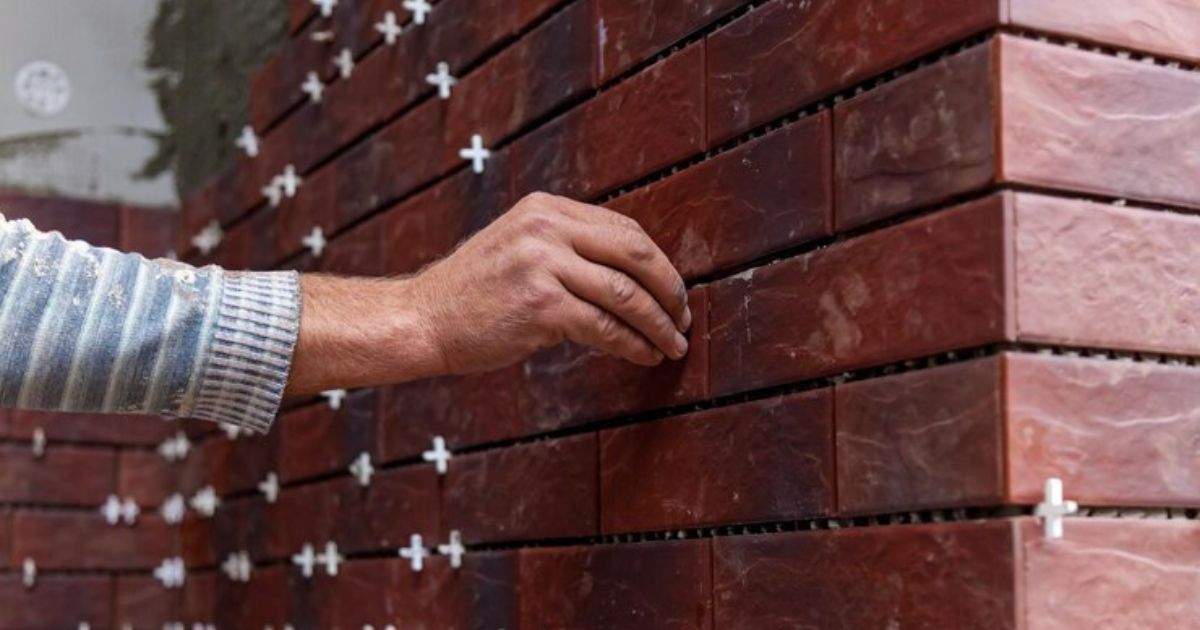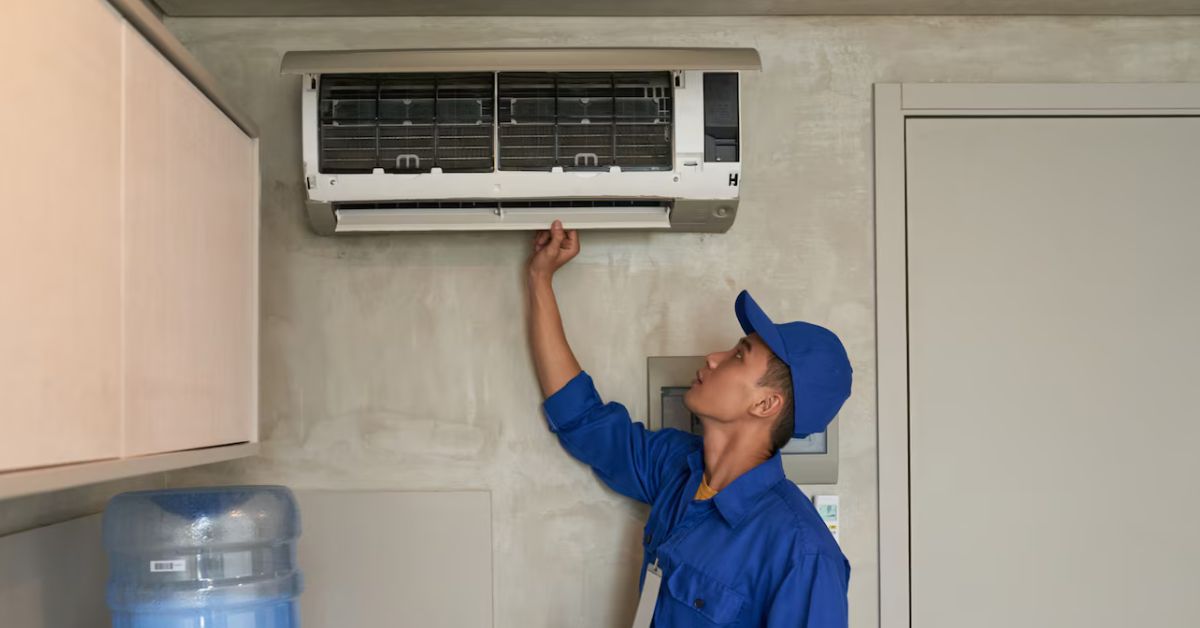Chipperen is an intriguing term with diverse applications, often appearing in different contexts ranging from technology to agriculture. In this article, we’ll explore what chipperen is, where it’s used, and why it matters. We’ll dive deep into its functions, benefits, and the impact it has in various sectors. This guide is designed to give you a clear and user-friendly understanding of chipperen and its significance.
What Is Chipperen
Chipperen generally refers to a process or device used to reduce materials into smaller pieces. It is commonly associated with machines used in agriculture, woodworking, and landscaping to chip wood or other organic materials into smaller, more manageable sizes. These machines, known as chippers or chipper shredders, break down large chunks of material, making disposal, recycling, or further processing easier.
Applications of Chipperen
The concept of chipperen finds use in multiple fields. Understanding where and how it is applied can help us appreciate its versatility. Some common applications include:
Agricultural Waste Management
In agriculture, chipperen is used to manage plant residues, tree branches, and other organic waste. It converts bulky agricultural waste into small chips that can be used as mulch, compost, or biofuel. This reduces waste and enhances soil quality when used as mulch.
Woodworking and Carpentry
In the woodworking industry, chipperen is utilized to handle wood waste. It turns wood scraps and offcuts into wood chips, which can be used for particleboard production, paper manufacturing, or as biomass for energy.
Landscaping and Garden Maintenance
For gardeners and landscapers, chipperen plays a vital role in maintaining clean and tidy gardens. Chipping fallen branches, leaves, and trimmings into smaller pieces not only helps in waste management but also provides an opportunity to reuse the chips for mulching or composting.
Forestry and Logging Operations
Forestry operations generate a large amount of wood waste, which can be problematic to manage. Chipperen helps convert this waste into wood chips used for energy production, bedding material, or as raw material for various wood-based products.
How Does Chipperen Work
The process of chipperen involves a machine that cuts, shreds, or grinds materials into smaller pieces. These machines often have sharp blades or rotating hammers to achieve the desired size reduction. The material is fed into the chipper, where it is either sliced into small chips or shredded depending on the type of chipper used.
Different Types of Chipperen Machines
Various machines are used in chipperen, each designed for specific tasks. Understanding the types available can help choose the right machine for a given job.
Wood Chippers
Wood chippers are the most common type used for processing tree branches, wood waste, and large wooden objects. They come with sharp blades that slice the wood into chips, which can be used for fuel, mulch, or other purposes.
Chipper Shredders
Chipper shredders can handle a wider range of materials, including leaves, twigs, and smaller branches. These machines combine the functions of a chipper and a shredder to manage both soft and hard organic waste effectively.
Drum Chippers
Drum chippers are heavy-duty machines used in industrial applications. They consist of a rotating drum with sharp knives that chop the material into uniform chips. These machines are typically used in large-scale operations such as logging and biomass production.
Disc Chippers
Similar to drum chippers, disc chippers use a large, rotating disc with mounted blades to cut the material. They are suitable for producing high-quality wood chips and are commonly used in pulp and paper manufacturing.
Benefits of Using Chipperen
There are numerous advantages to using chipperen, particularly in terms of environmental sustainability and efficiency.
Waste Reduction
Chipperen significantly reduces the volume of organic waste, making it easier to manage and dispose of. By breaking down bulky materials, it allows for more efficient transportation and reduces landfill usage.
Resource Recycling
The chipped material can be repurposed for various uses, such as mulch, compost, or bioenergy. This helps recycle resources and reduces the need for new raw materials.
Improved Soil Quality
When used as mulch, the chipped material can improve soil quality by retaining moisture, suppressing weeds, and adding organic matter to the soil.
Energy Production
Wood chips generated through chipperen can be used as biomass fuel for energy production, providing an alternative and renewable energy source.
Environmental Impact of Chipperen
Chipperen contributes positively to environmental sustainability by aiding in waste management and resource conservation. It allows for the efficient recycling of organic materials and reduces the need for disposal in landfills. Moreover, using wood chips as a biofuel supports the transition from fossil fuels to renewable energy sources.
Factors to Consider When Choosing a Chipperen Machine
Selecting the right chipperen machine depends on several factors. Understanding these factors can help make an informed decision.
Type of Material
Consider what type of material you need to chip. Some machines are better suited for hard wood, while others can handle a mix of soft and hard materials.
Machine Capacity
The size of the machine should match the volume of material you intend to process. For small-scale use, a compact chipper may suffice, but larger operations will require heavy-duty machines.
Power Source
Chipperen machines can be powered by gasoline, diesel, or electricity. Each power source has its benefits and limitations, depending on the operation’s requirements.
How to Maintain Chipperen Machines
Proper maintenance is essential for the longevity and efficiency of chipperen machines. Regular tasks include:
Blade Sharpening
Keeping the blades sharp ensures efficient chipping and reduces the strain on the machine.
Lubrication
Regularly lubricating moving parts can prevent wear and tear.
Cleaning
After each use, it’s important to clean the machine to avoid clogging and ensure it operates smoothly.
Future Trends in Chipperen Technology
Technological advancements continue to improve chipperen machines, making them more efficient and eco-friendly. Innovations such as electric-powered chippers and automated systems are gaining popularity, offering more sustainable and convenient options.
Conclusion
Chippere’n is a versatile and valuable process for managing organic waste, recycling resources, and supporting sustainable practices. Whether in agriculture, forestry, or landscaping, the benefits of reducing waste, recycling materials, and producing bioenergy are evident. However, understanding the challenges and proper machine maintenance is crucial for optimal use.
FAQs
What is the main purpose of chipperen?
The main purpose is to reduce the size of organic waste, making it easier to manage, recycle, or use as fuel.
Are chipperen machines safe to use?
Yes, they are safe when operated correctly and with proper safety gear.
Can wood chips be used for energy?
Yes, wood chips from chippere’n can be used as biomass fuel for renewable energy.
How often should chipperen machines be maintained?
Regular maintenance, including blade sharpening and lubrication, is recommended after every use.
What factors influence the choice of a chipperen machine?
Consider the type of material, machine capacity, and power source when selecting a machine.











